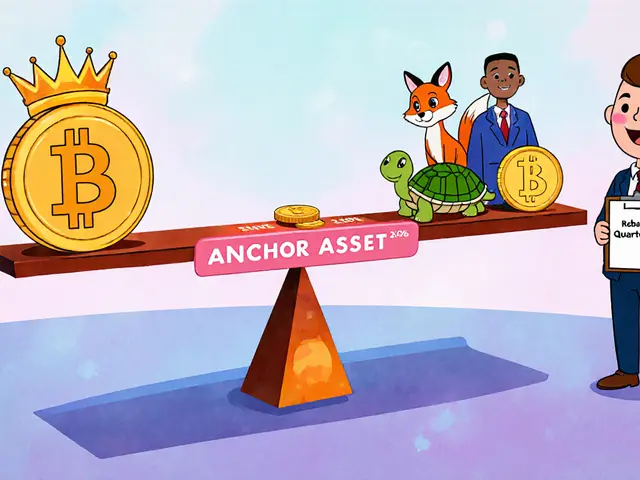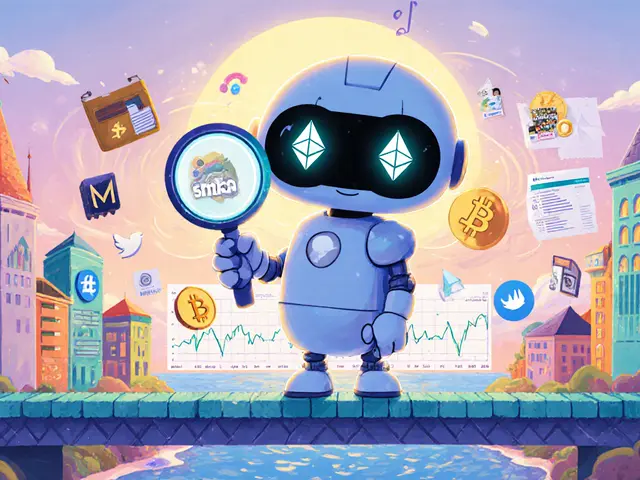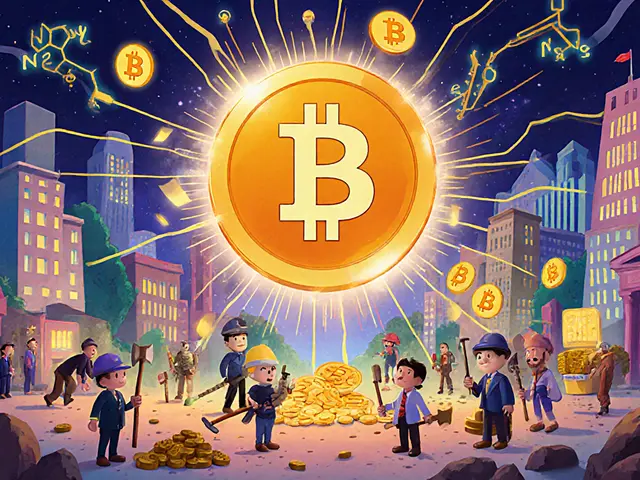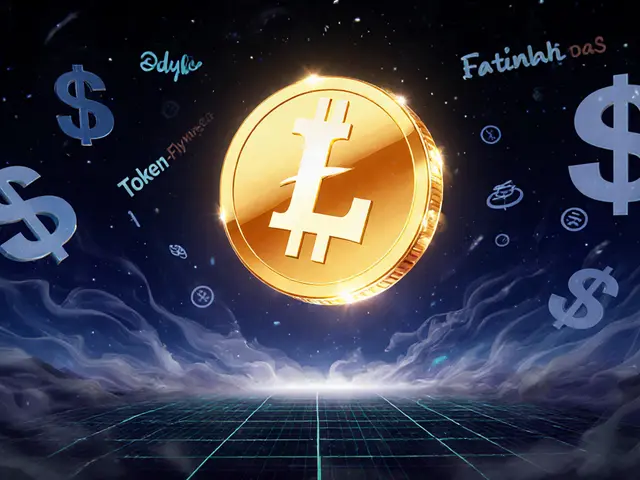SunContract (SNC) is a blockchain-based crypto token enabling peer-to-peer energy trading in Slovenia. It lets solar owners sell excess power directly to neighbors, cutting out utilities. Real-world use, not just speculation.
Peer-to-Peer Energy Trading: How Crypto Is Changing How We Use Electricity
When you think of blockchain, you probably think of Bitcoin or Ethereum. But there’s another use case quietly reshaping how power flows across the grid: peer-to-peer energy trading, a system where people with solar panels or other energy sources sell excess power directly to neighbors, without a utility company in the middle. Also known as P2P electricity, it turns every home with a solar roof into a tiny power plant. This isn’t science fiction—it’s already happening in places like Brooklyn, Sydney, and parts of Germany, where neighbors trade energy using smart contracts on blockchain networks.
This system relies on three key pieces: blockchain energy, a decentralized ledger that records every watt sold and bought in real time, decentralized energy, a shift away from big power plants to local, distributed generation, and crypto energy networks, the digital platforms that match buyers and sellers, often using tokens to track value. These aren’t just buzzwords—they’re the actual tools making peer-to-peer trading work. For example, a family in Arizona with solar panels can sell extra power to a nearby apartment building at sunset, and the transaction is automatically logged, paid, and verified without a middleman. No bills from the utility. No delays. Just clean power moving where it’s needed.
Why does this matter? Because traditional grids are outdated. They’re slow to adapt, expensive to upgrade, and waste energy over long distances. Peer-to-peer trading cuts waste, lowers costs, and gives people control over their energy use. It’s especially powerful in places with unreliable grids or high electricity prices. And while most people still get their power from the same old company, the shift is real—projects like Power Ledger in Australia and LO3 Energy in New York are proving it works at scale.
What you’ll find below is a collection of real-world examples, technical breakdowns, and market updates showing how this system connects to crypto, blockchain networks, and decentralized finance. Some posts dig into how tokens track energy usage. Others explain how smart meters and blockchain nodes talk to each other. You’ll also see why some projects fail—and why others are gaining traction. This isn’t about hype. It’s about the quiet revolution happening in backyards, rooftops, and local grids—and how you can understand it, even if you’re not an engineer.
 29
Oct
29
Oct




